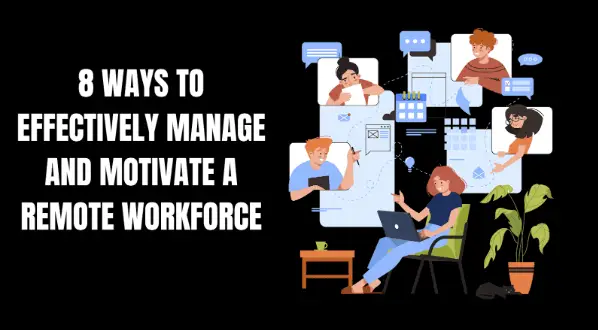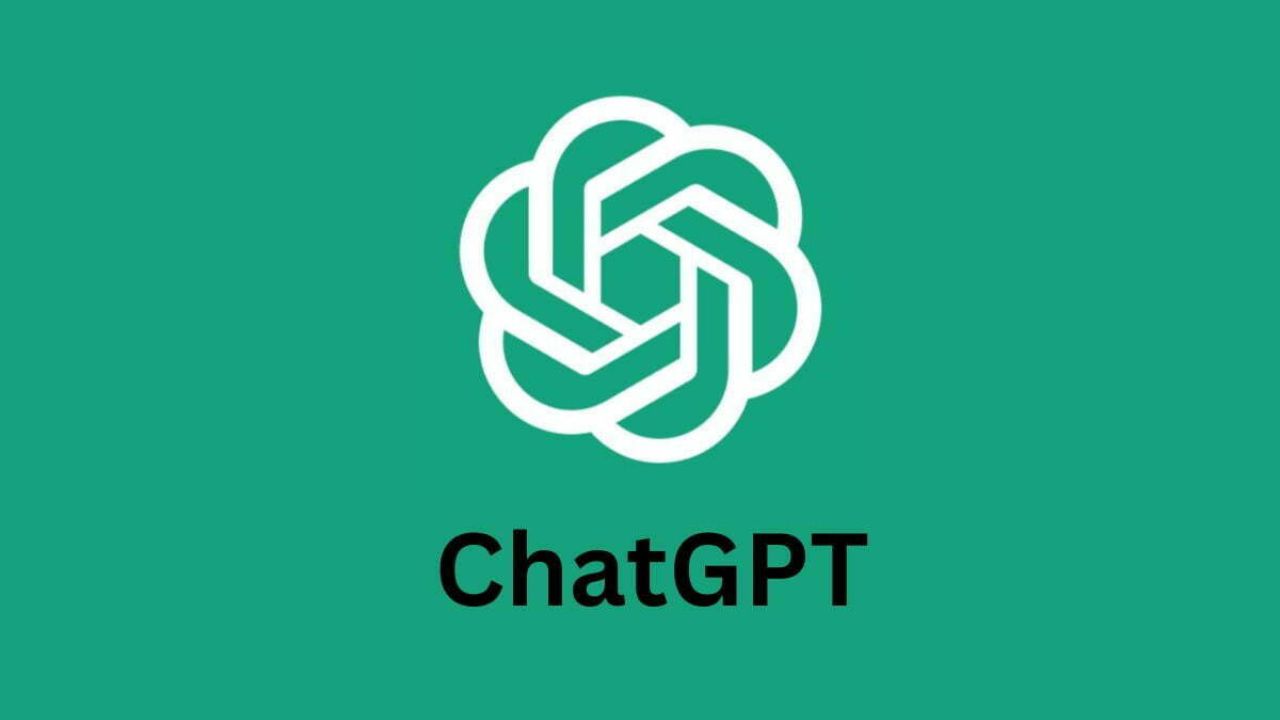Note: This is a guest post written by Dan Martin – In recent years, remote work has become a prevalent practice in the workplace. It offers various advantages. Some are productivity increase, reduced overhead costs, and a better work-life balance. But managing remote teams can be difficult.
Remote teams need help with communication, collaboration, and accountability. Challenges such as time zone differences and different working hours are faced. It also includes a need for face-to-face interaction.
To address these problems, managers need strategies and instruments specific to remote work. Remote managers can use these tools to optimize processes, enhance productivity, and engage their teams.

How tools can help Managers effectively manage Remote Teams
Teams working remotely require software. Managing a distributed team requires ensuring members can effectively communicate and collaborate. Video conferencing, instant messaging, and project management platforms help teams communicate. It also allows them to work together and organize tasks effectively. These tools also give managers instant updates on team members’ work and progress. Hence, they can address any problems right away. Software solutions can set clear expectations and offer feedback and guidance. It can also ensure team members have what they need to succeed.
How to manage Remote Employees with the proven tools
Provisioning Software
Automated user provisioning is a crucial feature of provisioning software. It streamlines and automates many remote employee administration activities. Provisioning software automates the induction of remote employees. Examples include user accounts, VPN access, and email accounts. With user-provisioning software, new remote employees can become productive immediately. Provisioning software automates these tasks, allowing new remote employees to become effective immediately.
Provisioning software can enforce security and access rules. At the same time, it is providing remote employees with the necessary tools. This includes cloud-based rights management for file-sharing platforms and project management systems. It also includes communication tools. By providing remote employees with these tools, provisioning software can enhance remote team communication and productivity.
Communication Tools
Remote managers need collaboration and communication tools to stay in touch and coordinate. These instruments ease team communication in real time. Communication technologies facilitate team meetings, instant messaging, and file sharing. Also, they enable you to merge your team’s chats and messages in a single location. Hence, it’s simpler to remain on the same page.
Distributed teams frequently use Slack, Microsoft Teams, Zoom, and Google Meet. Slack’s channels make conversation organization simple. Microsoft Teams integrates with Office 365 and offers video conferencing and screen sharing. Zoom and Google Meet enable virtual team meetings regardless of location. These communication solutions include mobile applications. It allows you to remain in contact with your team while on the go. Communication technologies can facilitate collaboration and communication among your remote workforce.






